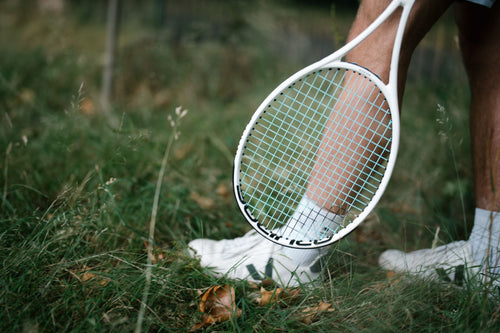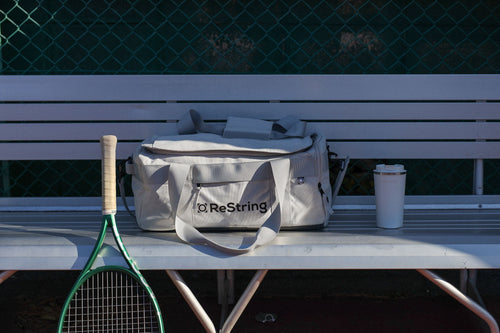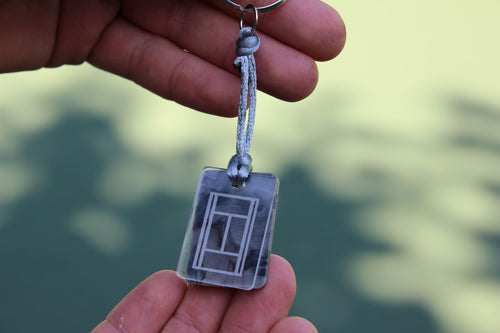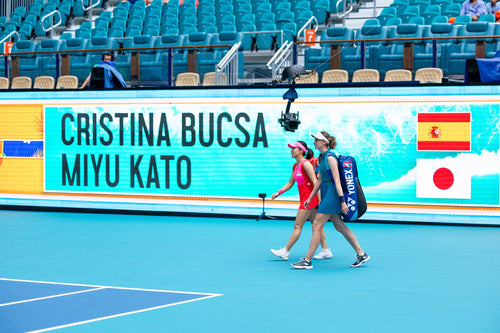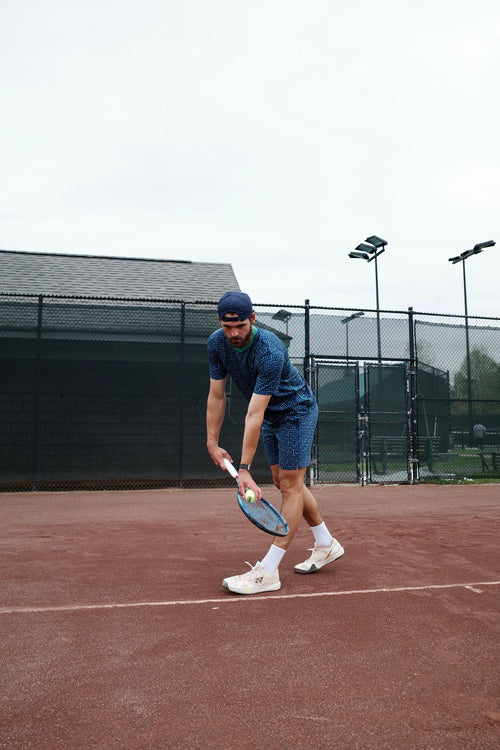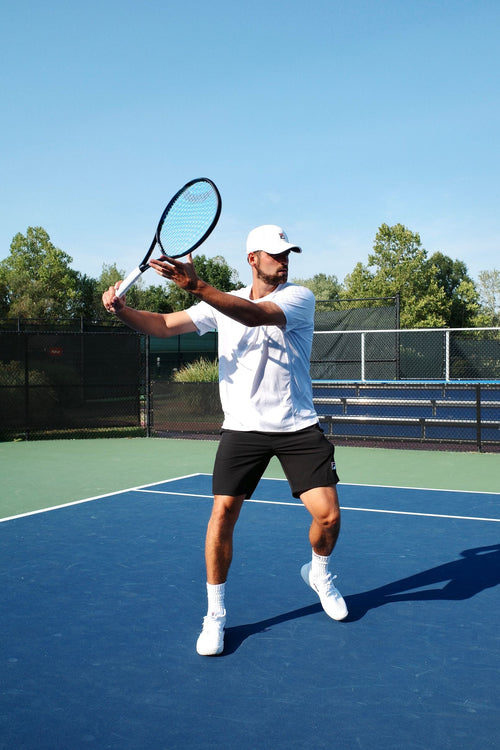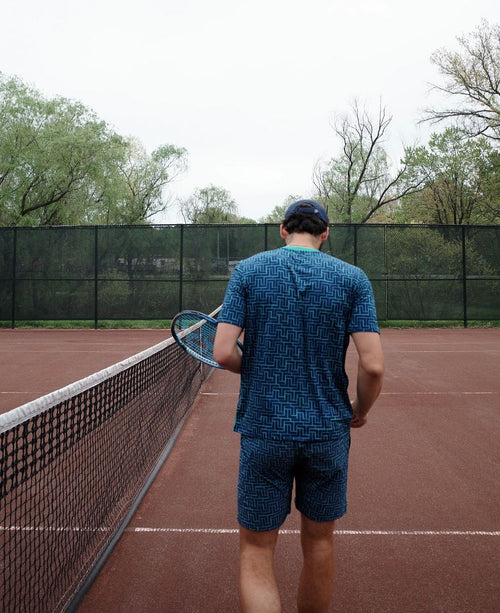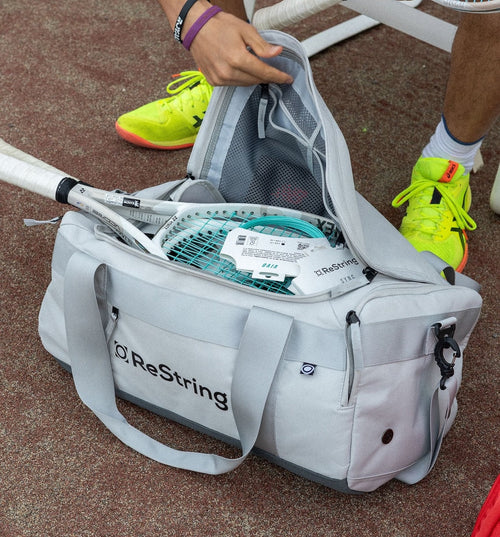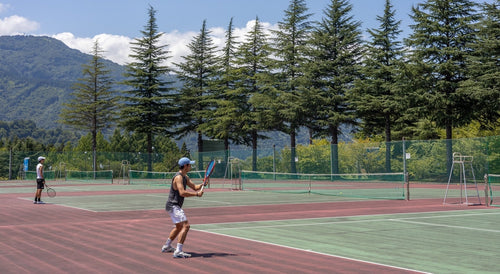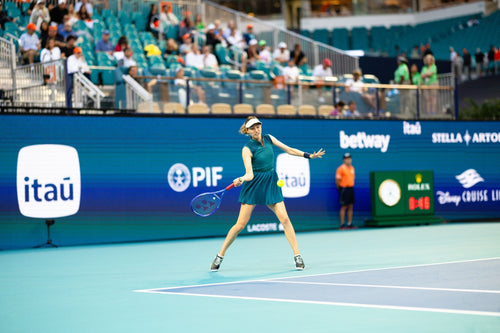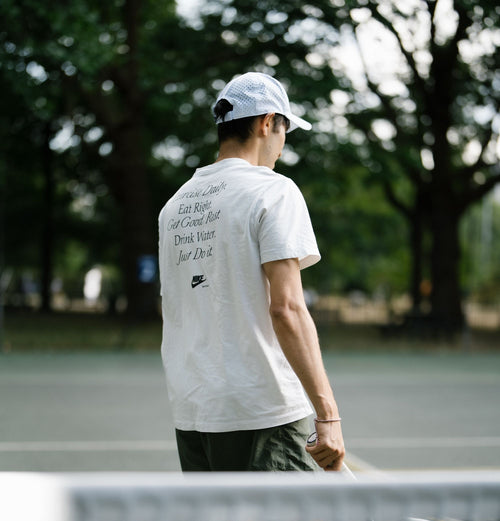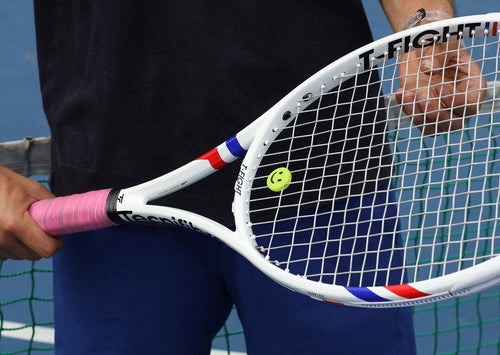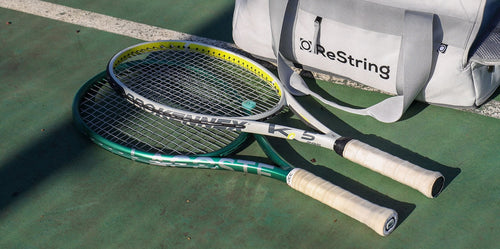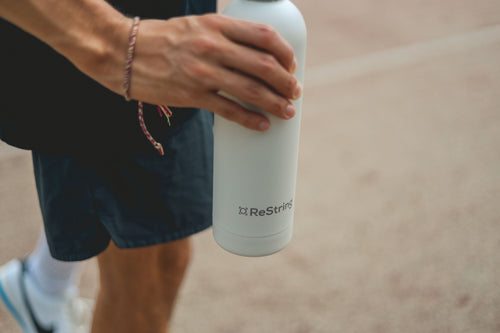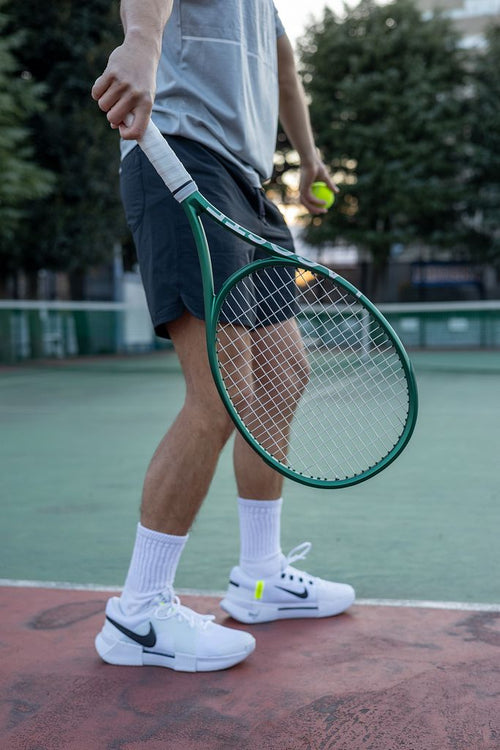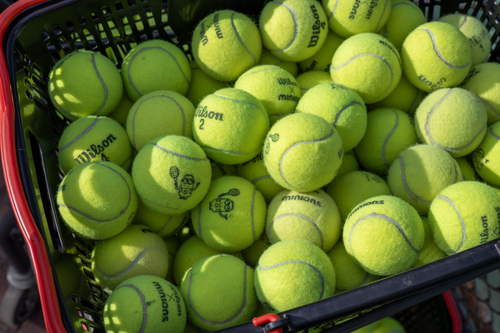Types of Tennis Shots Explained
Juan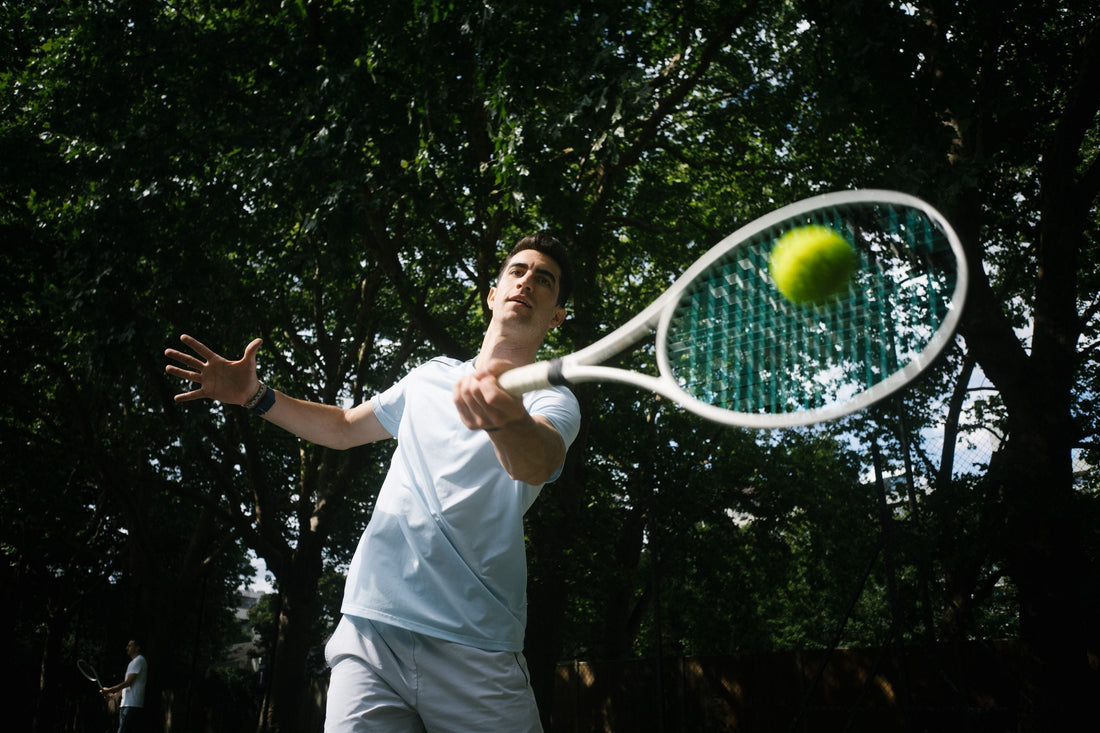
Shot selection is choosing the right tool at the right moment.
You might hit a powerful forehand down the line and then pull off a soft drop shot to finish the point. Being comfortable and knowing what types of shots there are makes you better at tennis.
This guide walks you through the four main tennis shot types and how to ace them.
Four Types of Shots in Tennis
| Type | What It Is | When To Use | Pro Tip |
|---|---|---|---|
| Groundstrokes | Shots after the bounce from the baseline | Rally, pressure, finish short balls | Shape with topspin or change pace with slices |
| First shots | Serve and return that start every point | Gain advantage early | Pick a clear target and commit to it |
| At the net | Volleys and smashes before the bounce | Take time away and finish | Split step then short compact swings |
| Joker shots | Drops, lobs, tweeners for special cases | Disrupt rhythm or escape defense | Choose the right moment, not every moment |
1) Groundstrokes
Groundstrokes are shots you hit after the bounce from the baseline. You use them to rally, control space, and attack short balls.
Modern tennis leans on this type a lot, so you need to really put in the practice with these shots.
There are two types of groundstrokes.
Forehand
The forehand is hit on your dominant side with one hand. Build a crosscourt rally ball then switch inside out or down the line when you see space.
Watch how Jannik Sinner and Carlos Alcaraz drive through the ball. They recently showed this in the US Open Final 2025 with big forehands on display.
Backhand
A two handed backhand gives you stability and helps with heavy topspin. A one handed backhand adds reach and variety and pairs well with slice.
Use crosscourt to settle the rally then choose down the line to apply pressure. Mix in a slice to change pace or to move forward.
Novak Djokovic is a model two hander. Roger Federer shows how to use a one hander and slice well.
Spin Variations
You can apply spin to both forehands and backhands.
Topspin adds a higher arc and a heavy bounce. Brush up the back of the ball to do this.
Slice lowers the bounce and changes the pace. Brush down the back of the ball to do this.
Flat hits travel fast and direct when you are balanced and inside the court.
If you like flat hitting and want a crisp and direct feel on the ball, then consider trying Vivo.
2) First Shots
First shots start every rally. Get them right and you begin ahead.
Serve
The serve is the only shot you strike on a still ball.
Learn a flat, a slice, and a topspin serve. For aggressive spin on your serve consider Zero for heavy spin and pop.
When serving, pick a target and commit. Either go wide, aim for the middle T or power it into an opponent's body.
Note that aces are serves the opponent does not touch.
Watch players like Taylor Fritz and Ben Shelton for clear serving patterns. Learn from them and copy one idea that fits your game.
Return
The return is different from a rally shot because you have less time.
You can stand farther back to buy time or step in to rob time from your opponent. This is very much a personal preference.
Block or chip deep on first serves and drive compact on second serves.
Aim deep middle to reduce angles or heavy crosscourt to start neutral.
Novak Djokovic is a strong example of balanced deep returning, as well as being amazing at tennis.
3) At The Net
Moving forward shortens your opponent's reaction window and helps you finish points.
Volley
A volley is contact before the bounce with a compact punch. Use a firm wrist, keep your split step and keep your head still.
Use forehand and backhand volleys, a drop volley for soft touch, a half volley on low balls, and a drive volley on sitters.
Approach the net after a deep slice or heavy drive and place into space or behind the runner.
If you value touch and control at the net, consider Sync for control and feel.
Smash
The smash uses a serve like motion near the net on a ball above your head.
Turn the shoulders, point your non hitting arm to the ball, take small steps to adjust, and finish to the big part of the court.
Keep your eye on the ball at all times to make sure you don’t swing too early and miss it.
4) Joker Shots
Sometimes you want to change up your game and surprise your opponent.
Here are three examples of joker shots you can use to do that.
Drop Shot
A drop shot is soft and short with light backspin so it barely bounces. Use it when your opponent stands deep and look to disguise it.
Carlos Alcaraz shows how to blend the threat of a drive with the drop.
Lob
A defensive lob goes very high and deep to buy time. An offensive topspin lob dips in and jumps past the reach.
Rafael Nadal used it well to pass aggressive net rushers.
Tweener
A tweener is a shot struck between the legs when you chase a lob or when you are in a scramble.
Practice the movement before you try it in a match. Enjoy it and use strategically but do not force the shot.
Roger Federer, Nick Kyrgios, and Gael Monfils have all used this shot in big moments.
Conclusion
Groundstrokes build points, first shots set the tone, net play helps you finish, and joker shots add problem solving. Practice one focus per session and keep targets simple.
Whatever the shot you're playing, we've got the string for you. When you want more power, try Zero. For control and feel try Sync, and for a crisp response try Vivo.
About the Author: Juan is the co-founder of ReString. He was born in Argentina, raised in Japan, and moved to the US to pursue college tennis. He now plays as an ATP & WTA hitting partner.

